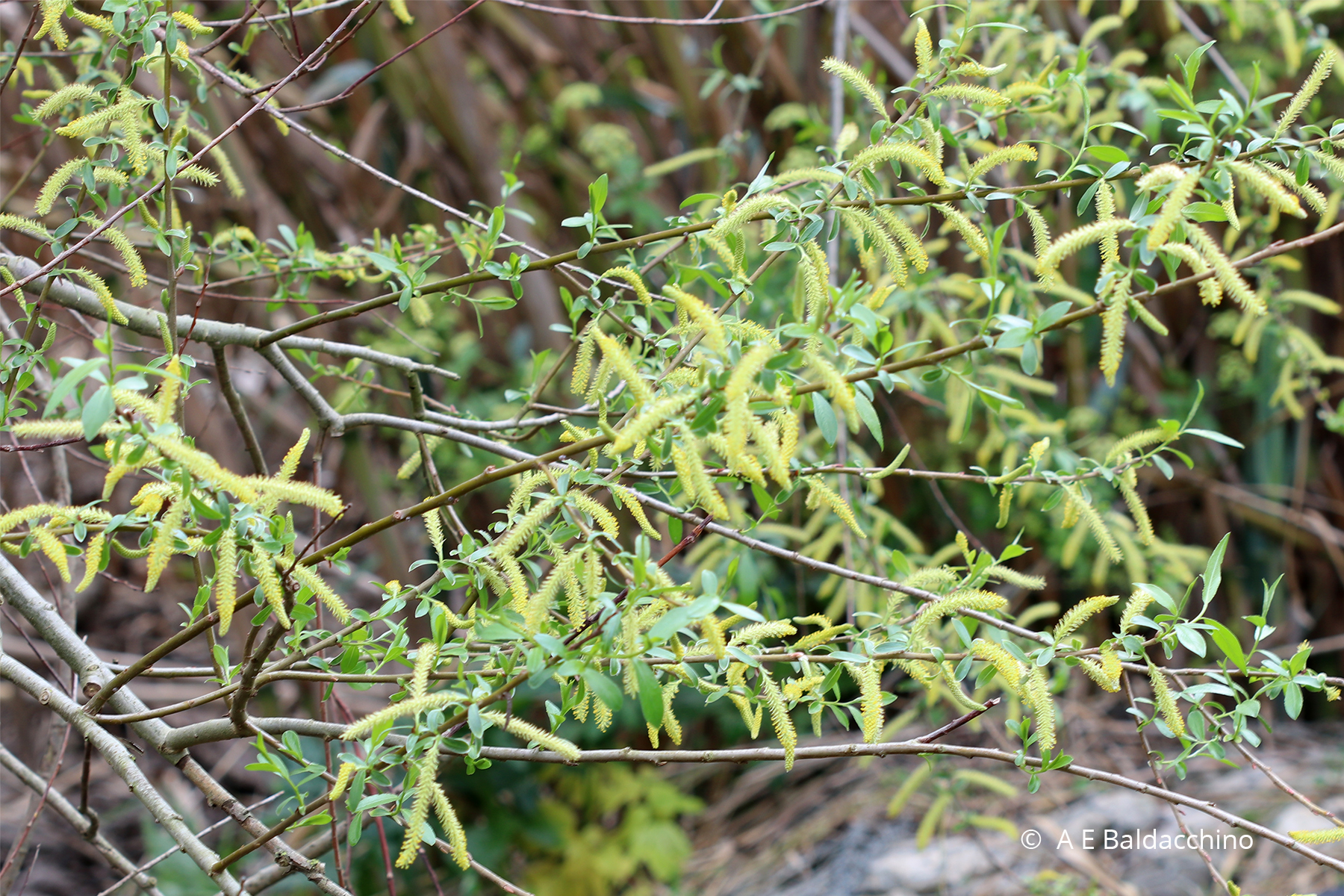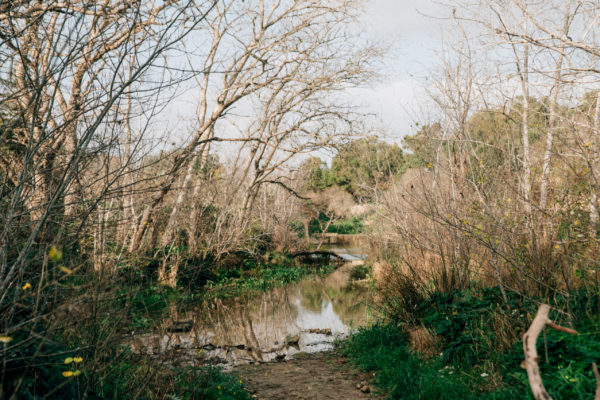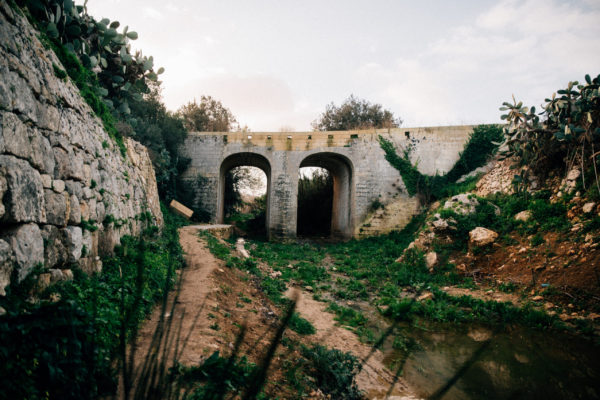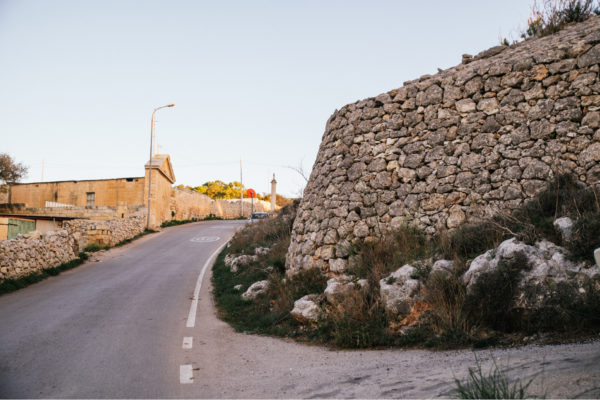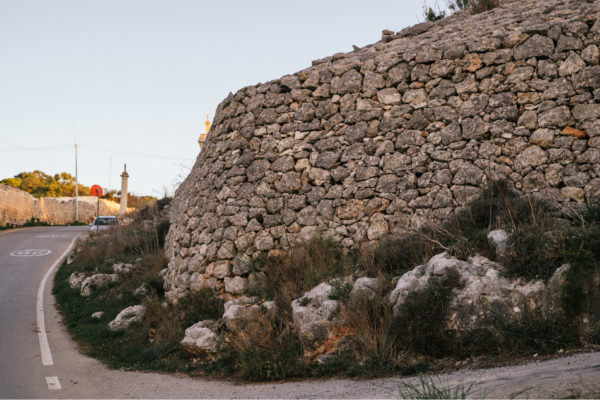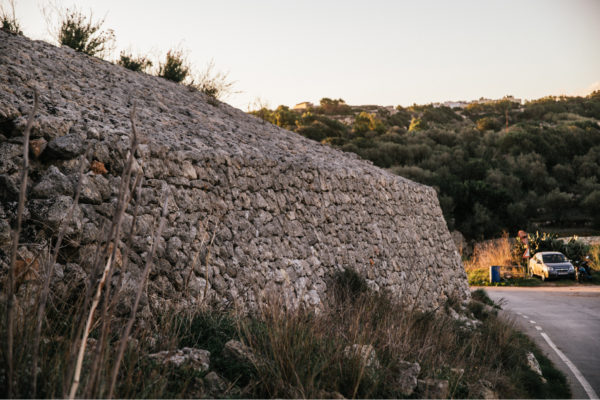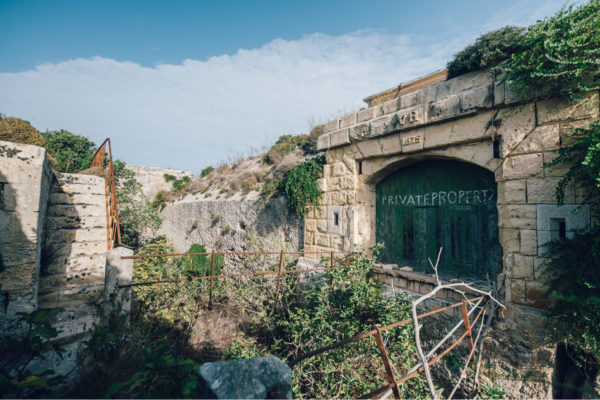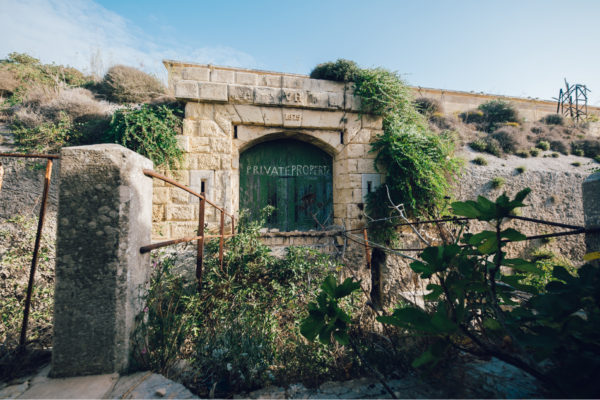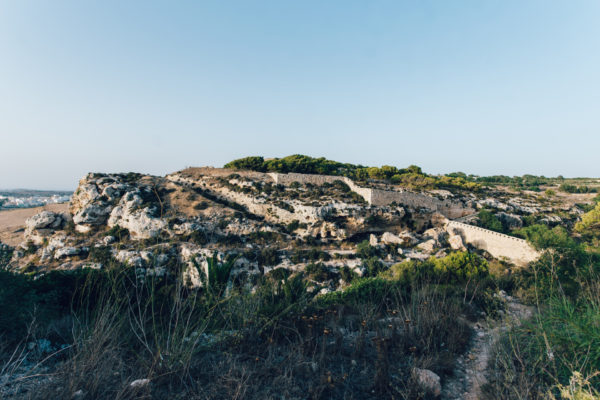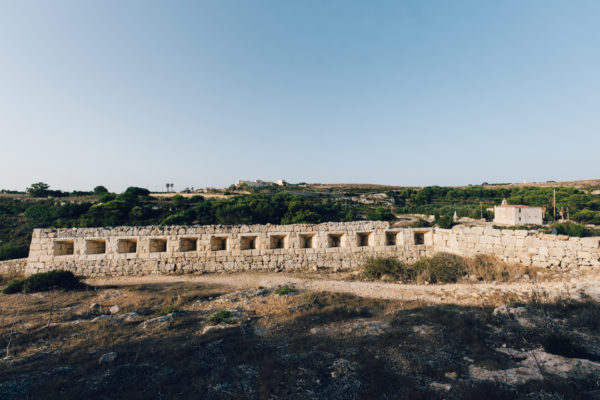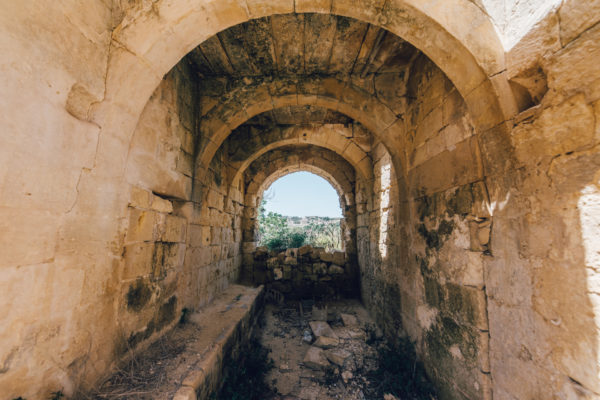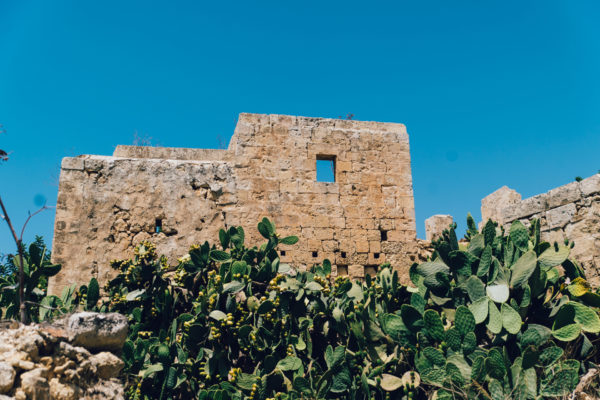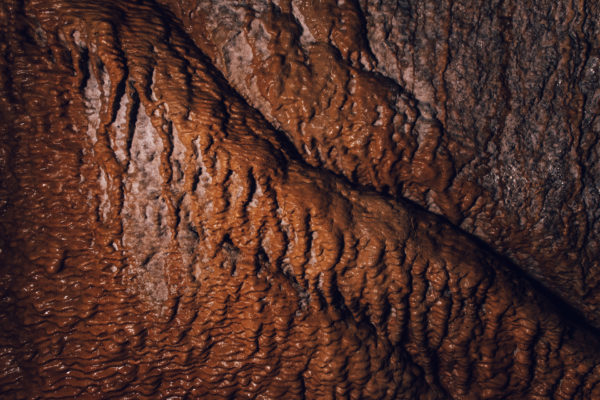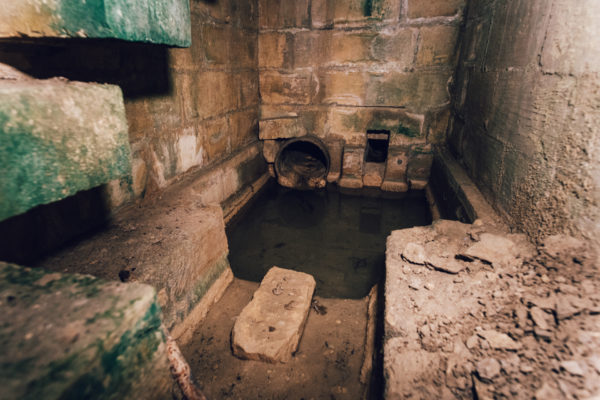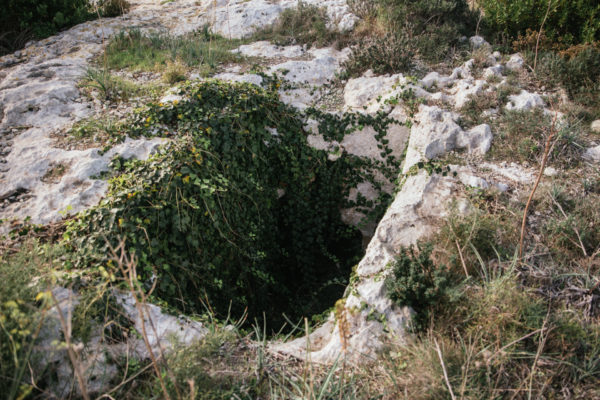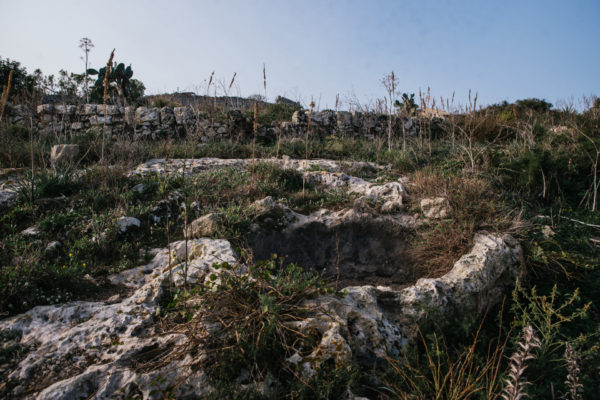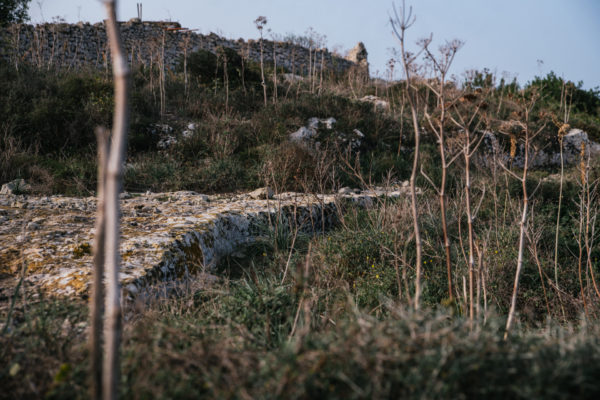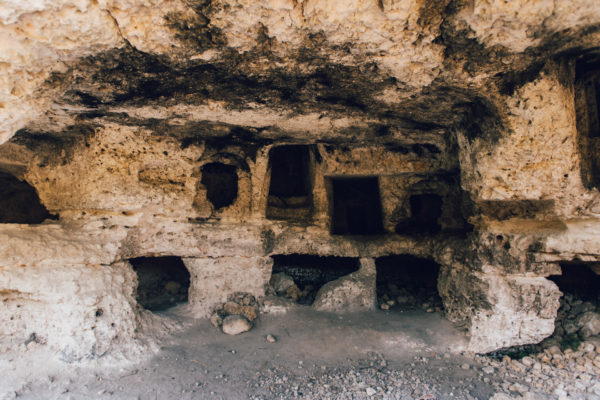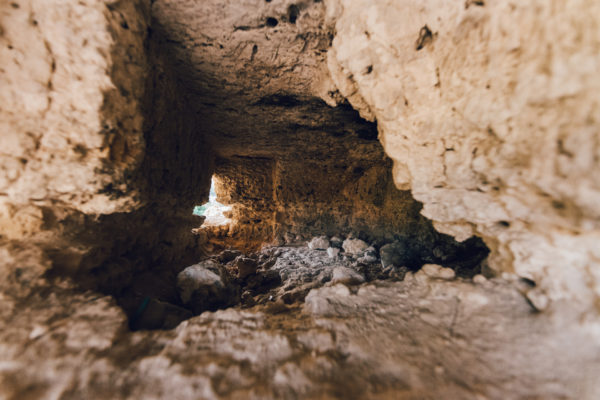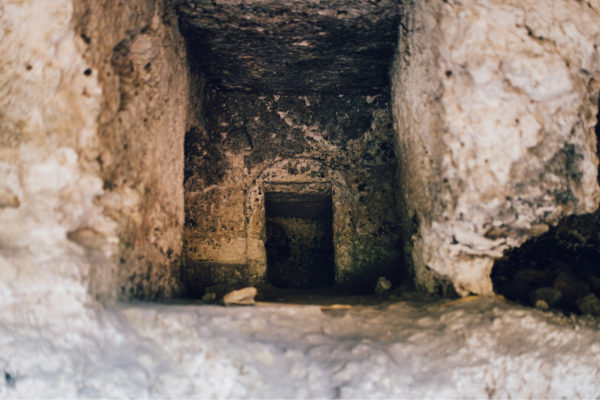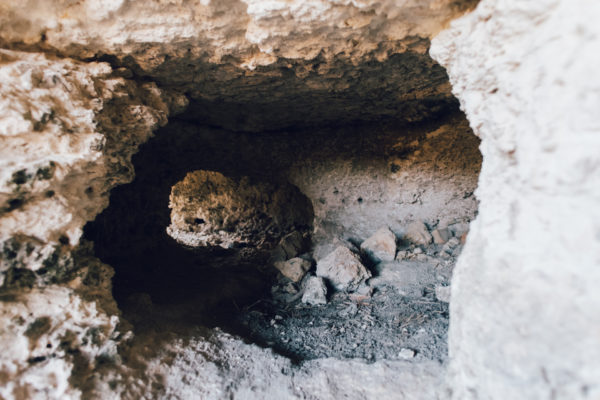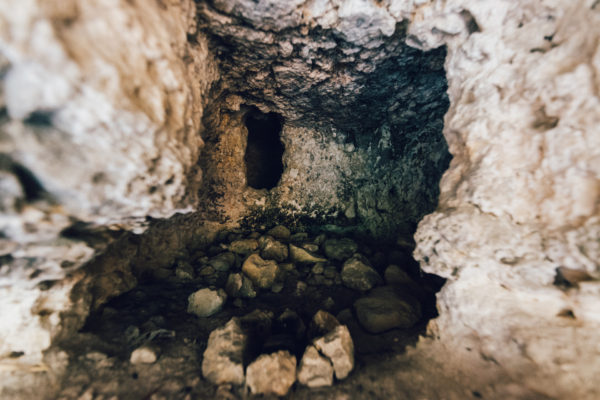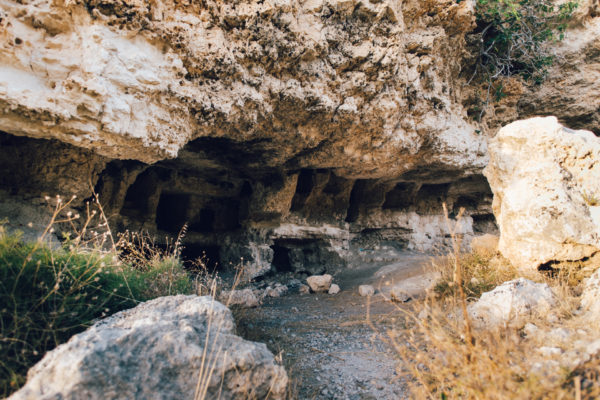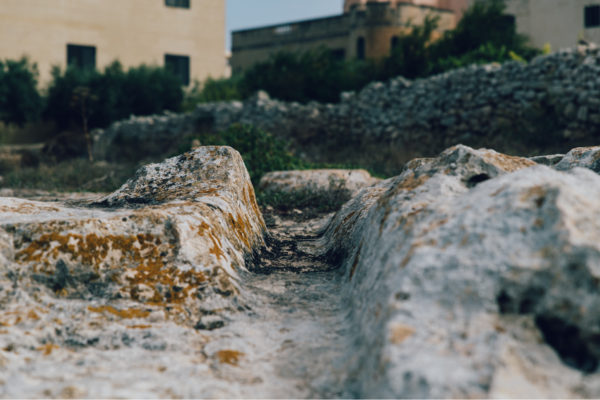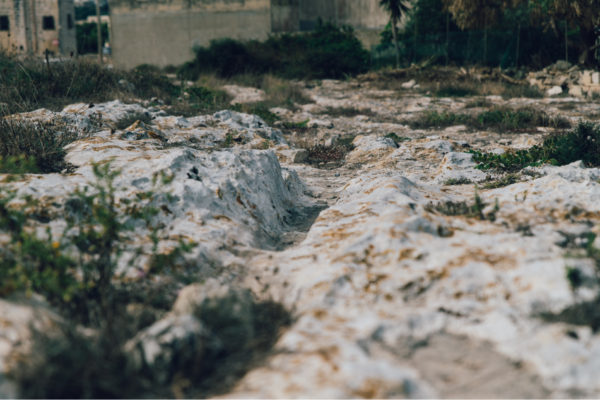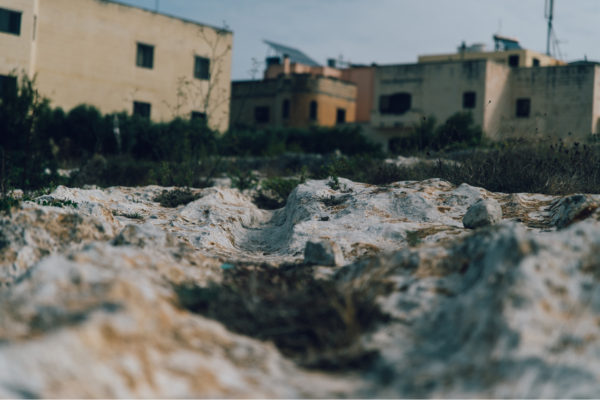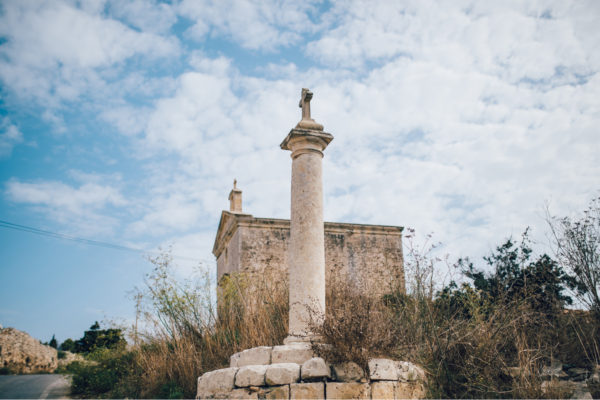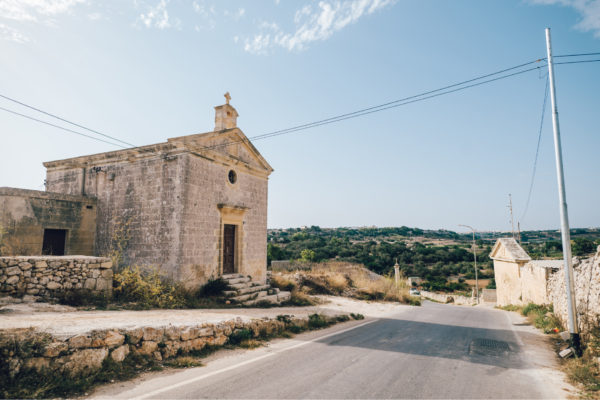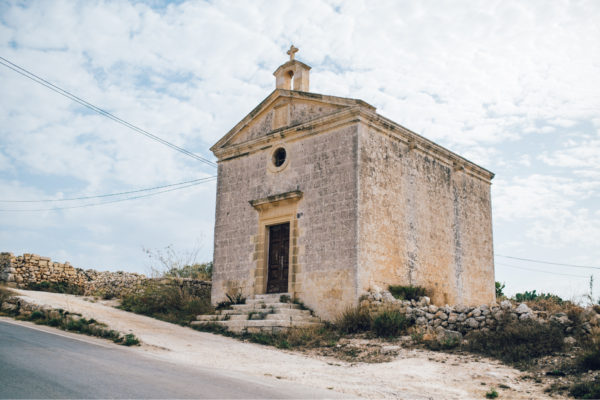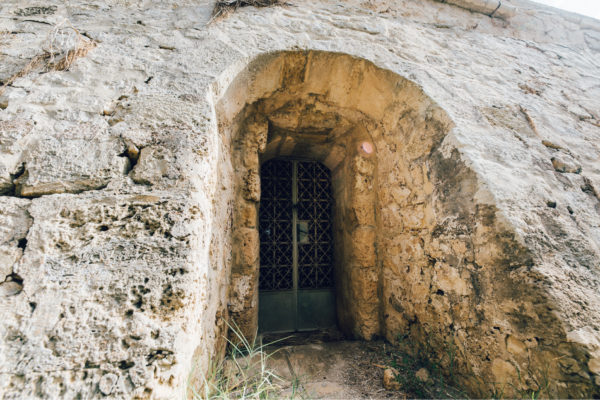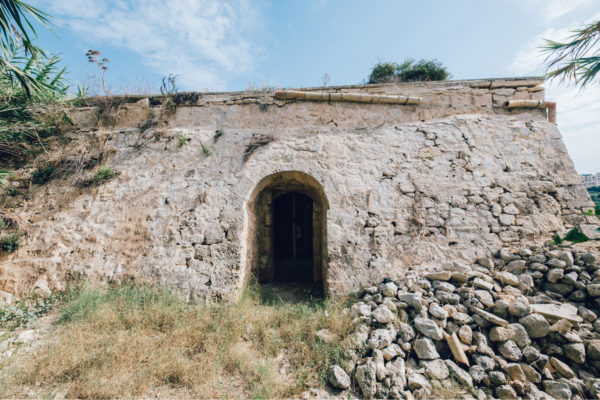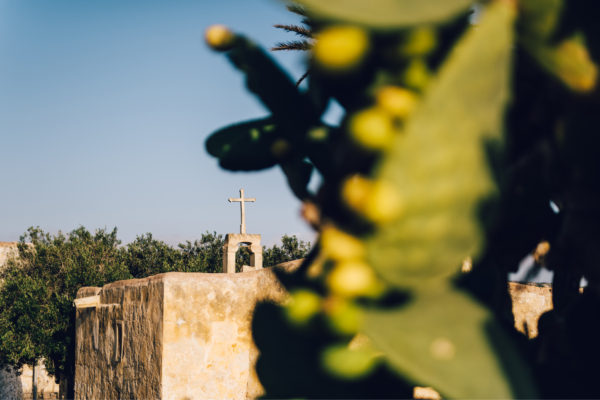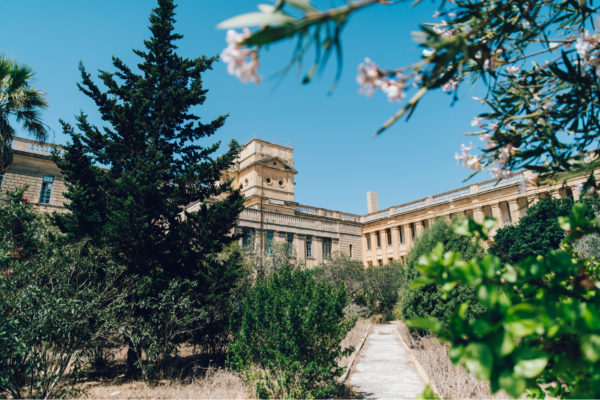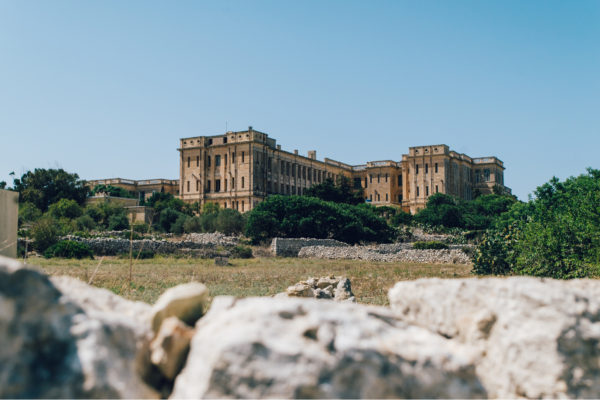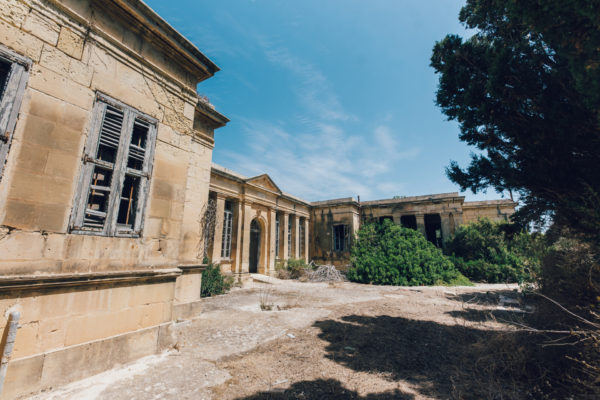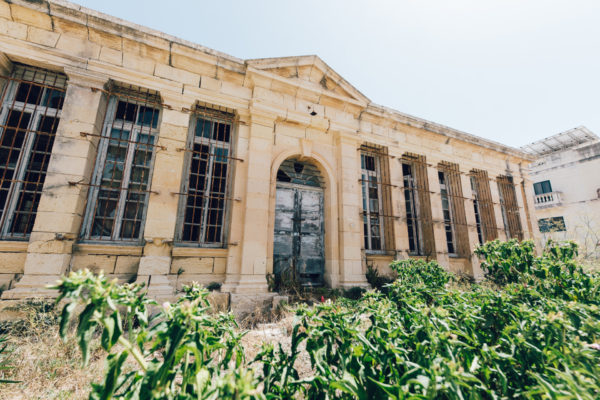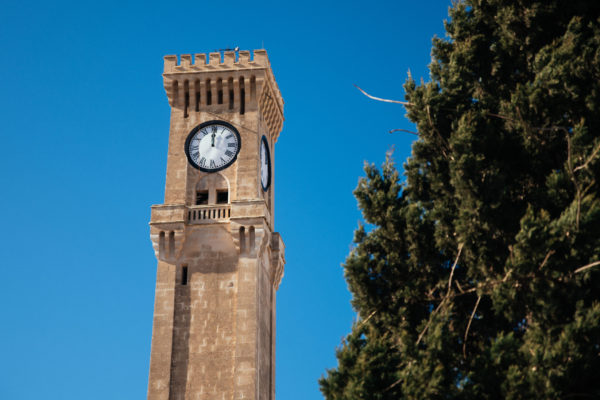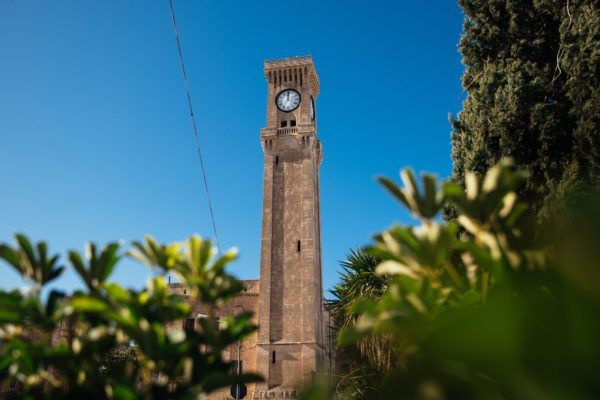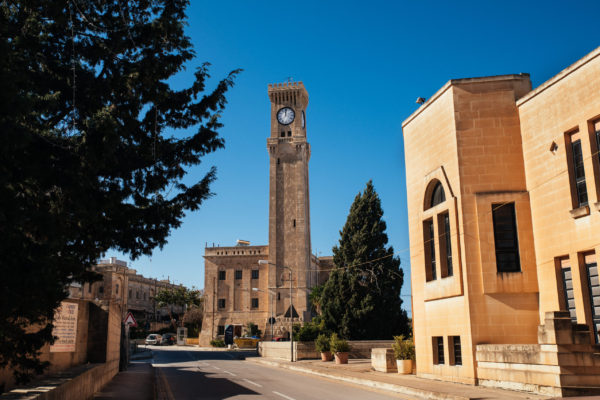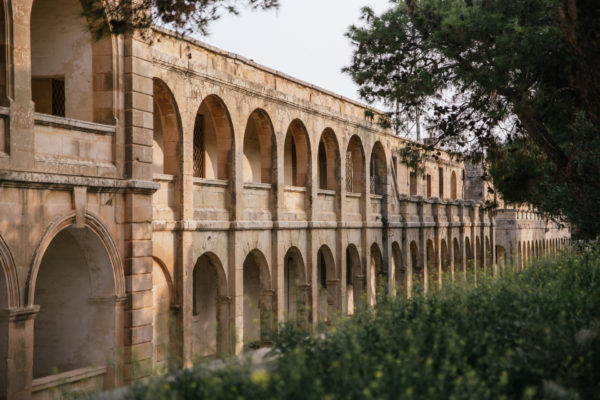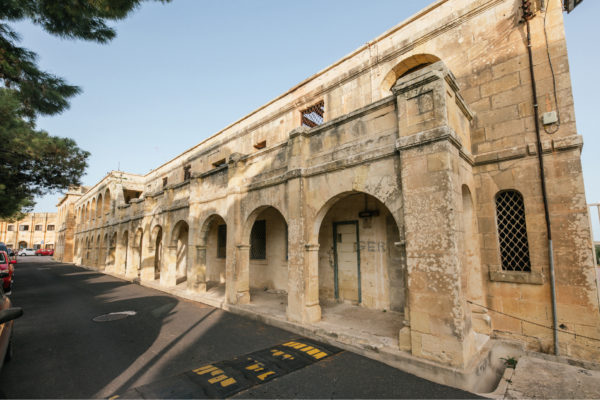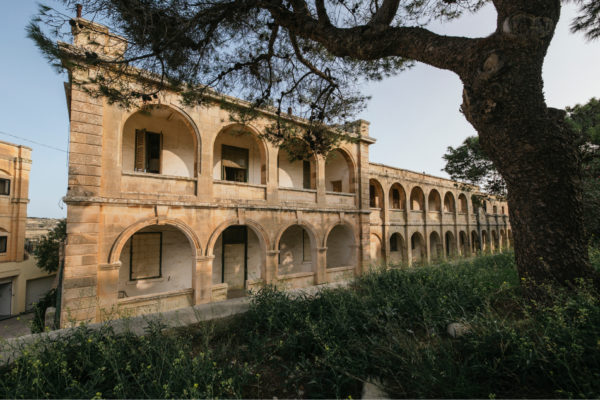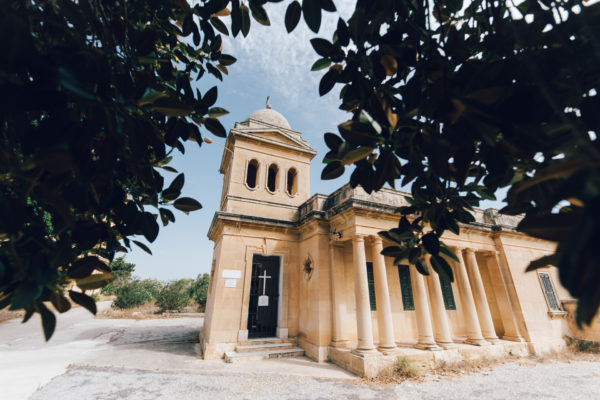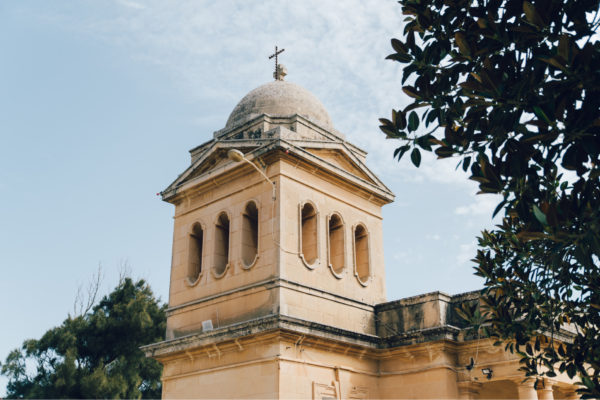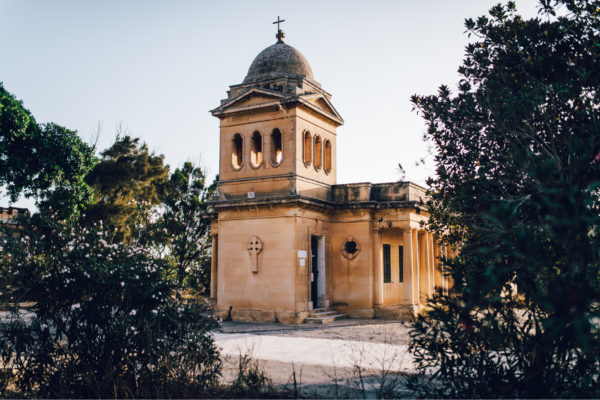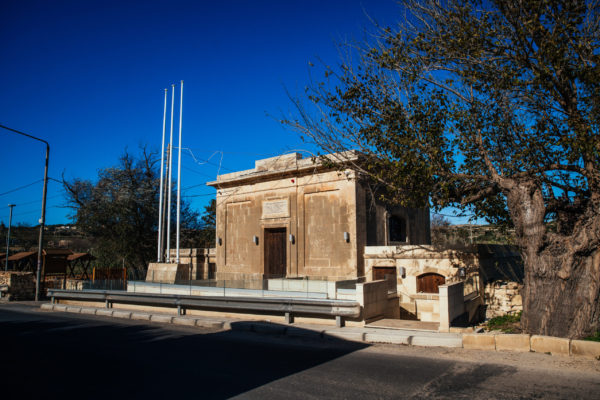
The White willow is an indigenous tree found at Chadwick Lakes. The scientific name Salix implies that it grows along water banks.
Its trunk is greyish-brown, and can reach a height of 10 – 30 m. It develops deep fissures with age.
Young trunks and branches are somewhat hairy, becoming smooth with age. These grow straight, with small reddish-green, slender and flexible branches, hanging down towards the trunk.
The roots are strong and large, sometimes growing on the surface of the ground.
The bluish-grey serrated 5 – 10 cm. long and 0.5 – 1.5 cm wide leaf, tapering to a point, grows on a short 0.5 cm. stalk. From beneath, it is covered with silky white hairs, giving the trees that silvery look. It looses its top matt covering as it grows older. Leaves grow alternately along the twig.
In autumn the leaves turn to a yellowish-bronze colour and fall late in winter. During the winter months, small thin 2 mm yellowish-brown green hairy leaf buds, are seen on the twigs, having a protective cover. Leaves emerge with the approach of March/April.
The tree’s flowers, called catkins, emerge after the leaves.
Catkins can be either 4 – 5 cm long males with visible pollen sacks, or female catkins, carrying the ovary, 3 – 4 cm long, yellowish-green and covered with fluffy white hair which attracts pollinators. Fertilised female catkins grow to a length of 6.5 cm.
Male and female catkins do not grow on the same tree. White willows in the Maltese islands all carry male catkins. To date no female tree is recorded.
White willow is protected by the Maltese tree protection regulations. It is also listed in the Red Data Book of the Maltese Islands, and also listed in the Red List of Threatened Plants Status by the Internatinol Union for the Conservtion of Nature – IUCN.


